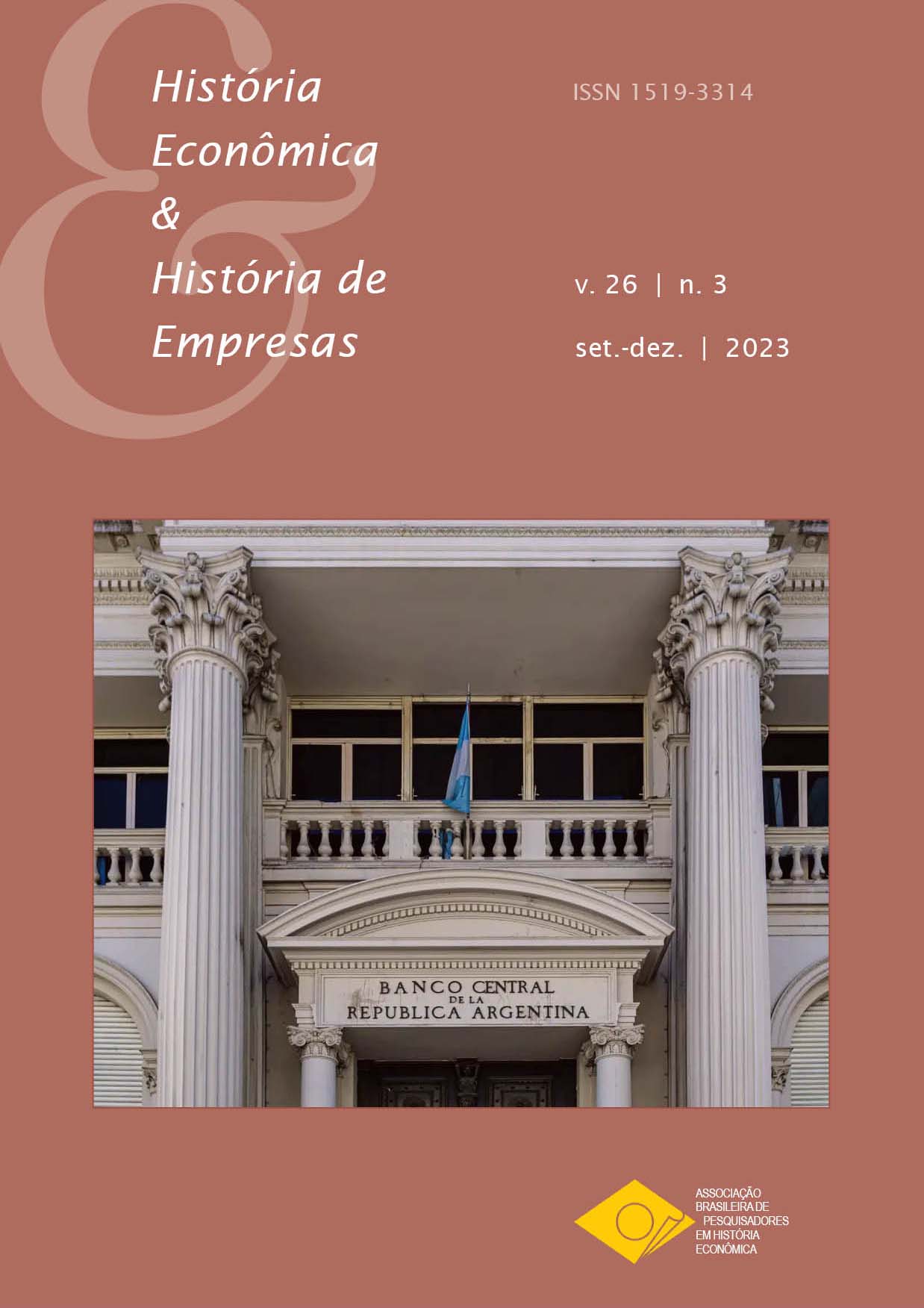The Changing Fortunes of the Livestock Industry in Brazil
DOI:
https://doi.org/10.29182/hehe.v26i3.914Abstract
Like other sectors of Brazilian agriculture cattle ranching has undergone extraordinary transformations in the last fifty years. A traditional activity established throughout the country since the beginning of colonization, it was until recently characterized by extensive production and low productivity. But today it is a modern productive agricultural activity capable of competing in the international market. Brazil is today one of the most important producers and exporters in the world of animal protein, involving cattle, pigs and poultry. It has the largest cattle herd in the world and one of the largest stocks of chickens and swine. In turn it is the world's largest exporter of beef and veal, accounting for about a quarter of the world’s exports, and is also the world’s largest exporter of processed chicken meat and the third largest exporter of processed pork meat. How this change occurred is the question we examine in this essay.
Downloads
Downloads
Published
How to Cite
Issue
Section
License
Copyright (c) 2023 Francisco Vidal Luna, Herbert S. Klein

This work is licensed under a Creative Commons Attribution 4.0 International License.
Os autores mantêm os direitos autorais sobre o trabalho, concedendo à revista apenas o direito de sua primeira publicação. Além disso, têm autorização para assumir contratos adicionais separadamente para a versão do trabalho publicada nesta revista, desde que reconhecida a publicação inicial neste periódico.





